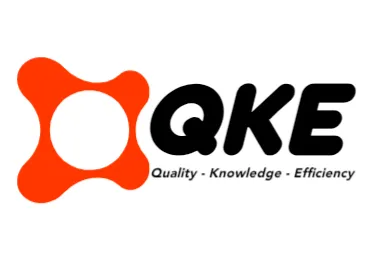Machine learning data labeling is the process of annotating raw data, such as images, text, or audio, with relevant tags to create structured datasets for training models. It establishes the ground truth in supervised learning, enabling systems to map inputs to outputs accurately. High-quality labeling is vital, as errors can degrade model performance significantly. This foundational step directly impacts AI effectiveness. Explore further to uncover deeper insights into its methodologies and challenges.
Key Takeaways
- Machine learning data labeling is annotating raw data with tags to create structured inputs for training models.
- It provides ground truth for supervised learning, mapping inputs to correct outputs.
- Data types like images, text, and audio are labeled for specific AI tasks.
- High-quality labeling is crucial for ensuring model accuracy and performance.
- Approaches include in-house, outsourcing, crowdsourcing, programmatic, and hybrid methods.
Understanding the Basics of Data Labeling in Machine Learning

Data labeling serves as a critical foundation in machine learning, involving the meticulous process of annotating raw data—such as images, text, audio, or video—with meaningful tags or categories. This process transforms unstructured information into a structured format, enabling machine learning models to recognize patterns and make accurate predictions. The Labeling Purpose is to provide a “ground truth” for supervised learning, where models learn by mapping inputs to known outputs, ensuring reliable training and evaluation.
Various Data Types are labeled to suit specific applications, including images for computer vision tasks, text for natural language processing, audio for speech recognition, and sensor data for robotics. Each type demands precise tagging to capture relevant features, directly impacting model performance. High-quality labeling is essential, as inaccuracies can degrade outcomes. Thus, data labeling underpins the ability of artificial intelligence systems to interpret and act on complex, real-world information effectively. Furthermore, the quality of labeled data directly impacts performance of machine learning models, making it a cornerstone of successful AI projects.
Exploring Different Approaches to Data Labeling

Various methodologies exist for data labeling in machine learning, each offering distinct advantages and challenges tailored to specific project requirements. In-house labeling ensures high accuracy and security through internal expertise, though it often proves costly and less scalable. Outsourcing to managed workforces provides flexibility and cost-efficiency for large datasets, despite reduced direct oversight. Crowdsourcing, while economical and rapid, risks lower quality due to non-specialized annotators.
Emerging Trends in automation highlight programmatic labeling, leveraging algorithms for speed and scalability, though accuracy hinges on model quality. Human-in-the-Loop (HITL) exemplifies Hybrid Strategies, merging automated pre-labeling with human validation to balance efficiency and precision, particularly for complex data. These approaches reflect a dynamic field where combining methods often optimizes outcomes. As technology evolves, such Hybrid Strategies and Emerging Trends continue to shape data labeling, driving innovation in scalability and accuracy for diverse machine learning applications.
Overcoming Common Challenges in Data Labeling

Researchers and practitioners in machine learning often encounter significant hurdles in data labeling that can impede model performance and project timelines. Key challenges include ensuring data quality, managing costs, reducing time consumption, and addressing labeler expertise. To tackle these, implementing clear annotation guidelines and consensus mechanisms among multiple annotators enhances Quality Assurance, minimizing inconsistencies. Automated validation checks and regular quality control processes further strengthen accuracy.
For an Efficiency Boost, leveraging AI-assisted tools like pre-labeling and auto-segmentation accelerates annotation, especially for large datasets. Active learning prioritizes critical data points, reducing manual effort, while scalable cloud-based platforms optimize resource allocation. Additionally, comprehensive training and ongoing feedback for labelers, alongside task division for parallel workflows, mitigate expertise and time constraints. By adopting these precise strategies, teams can systematically overcome data labeling obstacles, ensuring robust datasets for effective machine learning model development.

 Tiếng Việt
Tiếng Việt 日本語
日本語 中文 (中国)
中文 (中国) 한국어
한국어
